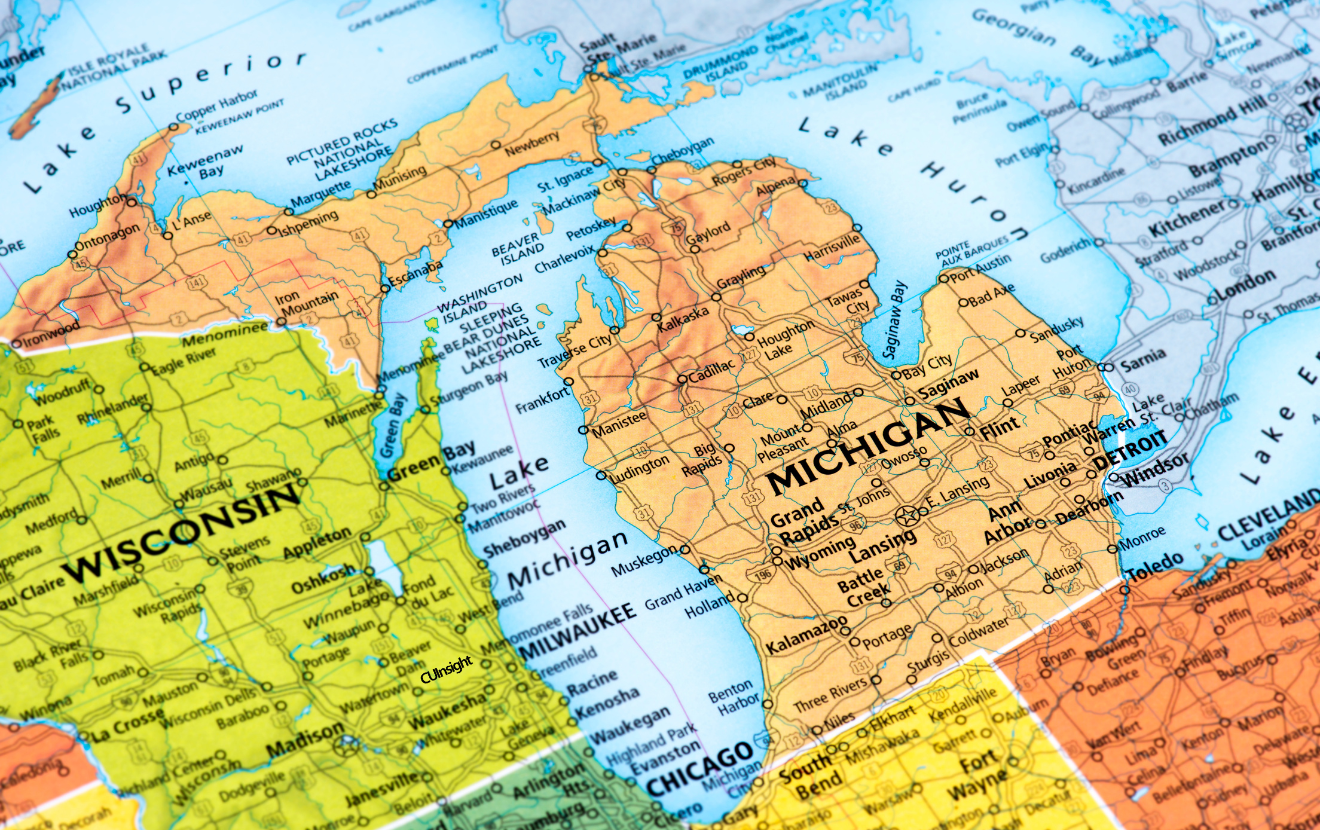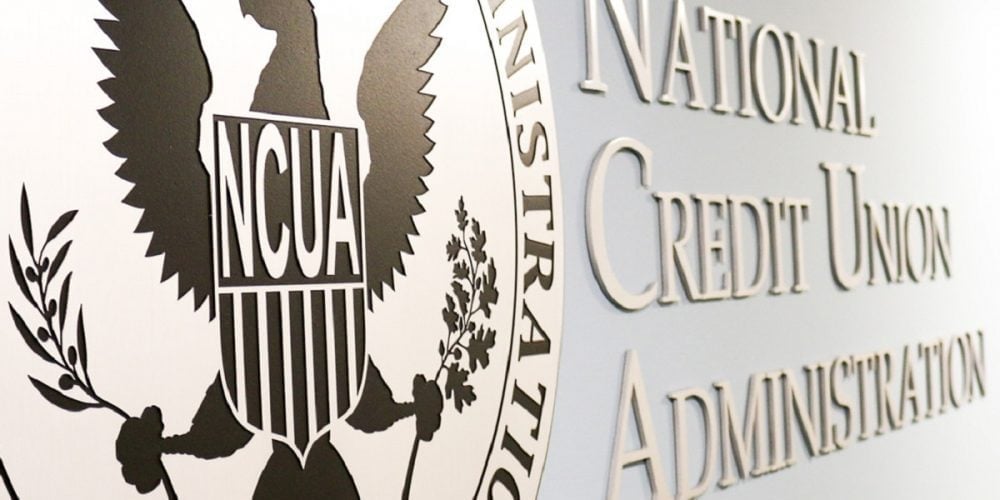What with all this… let’s just call it “stuff” going on in the world right now, credit unions all over are leading the response in a lot of innovative ways.
Much of what we’ve seen so far are CUs offering flexibility to their affected members: automated or free skip a pay, low-interest personal loans, and various other accommodations.
However, credit unions are also perfectly positioned to be facilitators; to help members who want to help other members and their communities.
We’re all in this together, and “people helping people” is part of every credit union’s DNA.
How could credit unions do more to help the helpers?
Lots of people can help and want to help
When the stimulus funds started to show up, quite a few people I know said something like “Well, this is nice, but I’m actually OK. Should I do something useful with this?”
One of the most common responses was to donate part or all of the funds; to get it to people who need it more. And even if they can’t spare the cash, people want to do something to help others since they suddenly have more time on their hands.
It’s a great way to feel a little less powerless. But what to do?
The biggest obstacle is knowing where the needs are and where you can make the biggest difference. And of course, it’s important to avoid the endless scams and responses based on false info.
CUs can help find those opportunities.
Credit unions have a position of immense trust in every community. By finding opportunities, verifying credibility, and organizing volunteers, CUs can make an even bigger impact:
Look for those unexpected local pain points
Maybe there’s a connectivity gap for your rural members, or not enough computers for the kids in some households. Is there a college full of bored CS students who could refurbish and sanitize computers? Can you work with the utilities to help cover internet connections for people who need them? Is there a homeless shelter that needs a boost?
Do some research. Put a form or poll on your website and on social media and ask people; what do you need most? How would you most like to help others? What causes are most important to you?
Build on what you’re doing already
As one example, some credit unions already have utility assistance programs. Maybe these could be expanded to allow more direct donations from other members in order to keep the lights on for more people who have lost income.
Or maybe your financial education program for kids could be expanded into virtual events for kids at home (and their beleaguered parents).
Get your members involved
People want to help others. It’s empowering. So instead of just writing checks, build an army of helpers. Enlist the power of people. Look for needs you might be able to fill if you can call on members to help.
Think big. What could you do if half your members kicked in $10 and saw results right here in their own community? What if 1,000 people kicked in $50 each? 10,000 people?
Don’t forget to do some horn-tooting
Take pictures (from a safe distance). Collect those stories. Share the results online and on social media and show your members how they’re making a difference.
Share with the class
In the comments below, on social media, and in your professional groups, share with your CU colleagues. What’s working? What’s not working? What are you changing? How do the members like it?
Credit unions are already doing a lot.
You’re starting to hear more and more examples of credit unions stepping up. Of course, every CU’s community, membership, needs, and brand are different.
But when you mobilize your members, you can do even more.







